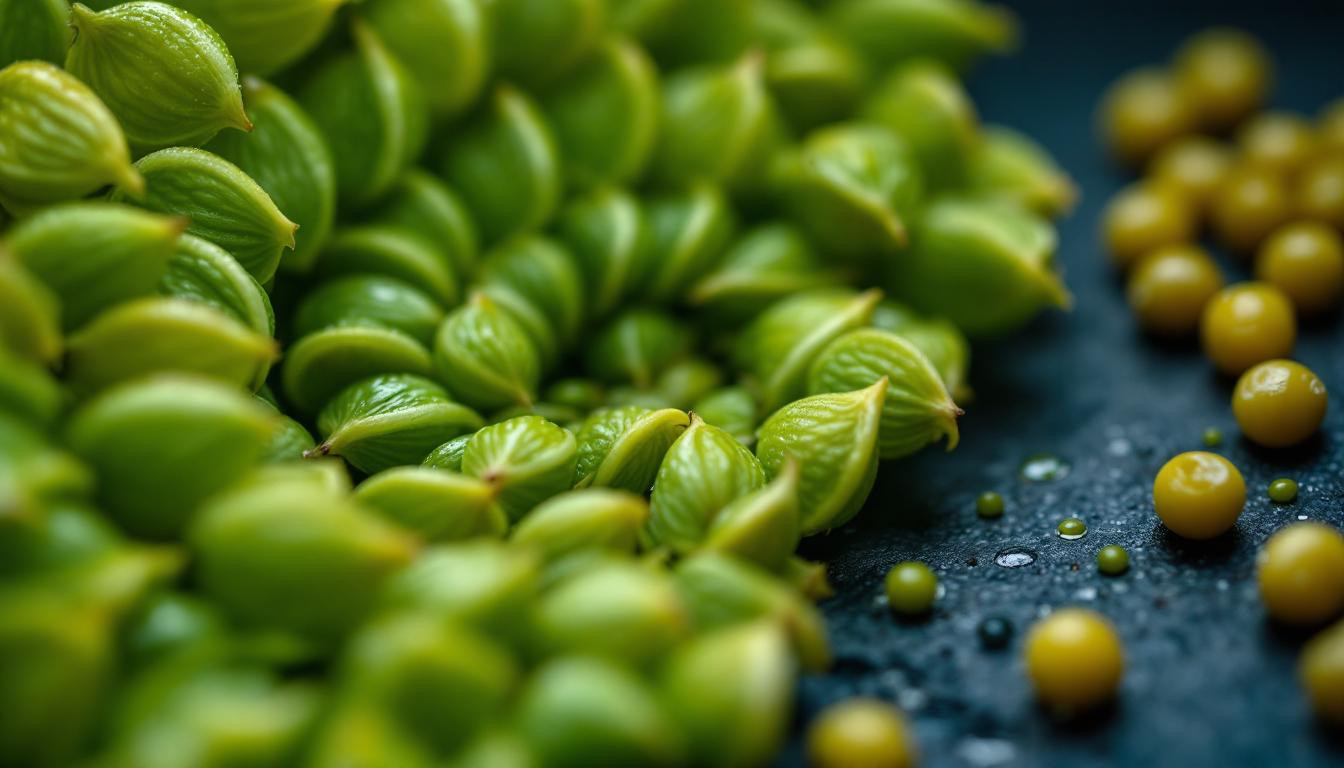Have you ever admired those vibrant nasturtium flowers in your garden, only to watch them fade and wonder what comes next? The secret to perpetual nasturtium harvests lies in those curious little seeds forming as the blooms wither. Let’s uncover how to harvest these botanical treasures for both your plate and your future garden.
Why nasturtium seeds deserve a place in your garden strategy
Nasturtium seeds offer a double benefit that few garden plants can match. These large, brain-shaped pods develop after flowering and can be collected for both culinary adventures and future planting. Dr. Miranda Chen, botanical curator at Austin Botanical Gardens, notes, “Nasturtiums represent perfect sustainability in the garden—producing edible flowers, leaves, and seeds while ensuring their own reproduction cycle.”
Recognizing the perfect harvesting moment
Timing is everything when harvesting nasturtium seeds. For culinary use, collect them while still green and tender. For saving and planting, wait until they turn tan or brown and feel hard to the touch. The seeds typically appear in groups of three where flowers once bloomed.
To test readiness, gently touch the seed clusters—they should detach easily when mature. This technique prevents harvesting immature seeds that won’t germinate when planted next spring.
From garden to kitchen: transforming seeds into capers
Green nasturtium seeds have earned the nickname “poor man’s capers” for good reason. Their peppery flavor profile makes them perfect pickled substitutes for traditional capers. Master gardener William Torres explains, “The immature seeds capture the plant’s signature spiciness in concentrated form, adding a distinct punch to vinaigrettes and pasta dishes.”
When pickled properly, nasturtium seeds maintain their crunch and peppery bite for months, making them a sustainable kitchen staple long after the growing season ends.
This approach to seed harvesting connects beautifully with other creative herb gardening methods that maximize both flavor and space.
Perfect drying techniques for future planting
Proper drying ensures maximum seed viability for next year’s garden. After collection:
- Spread seeds in a single layer on paper towels
- Store in a cool, dark, and dry location
- Allow 1-2 weeks for complete drying
- Transfer to paper envelopes or breathable containers
Like gardeners using advanced technology to monitor plant health, paying attention to proper seed storage conditions dramatically improves next season’s success rate.
Creating a seed-saving calendar
Mark your calendar for late summer seed collection, typically beginning in August. Seeds develop quickly after flowers fade, and collecting them before they naturally drop ensures you capture most of your garden’s production. This practice aligns perfectly with other nostalgic gardening approaches seeing revival in 2025.
The unexpected health benefits
Nasturtium seeds contain valuable compounds with antimicrobial properties. Studies suggest these compounds may support immune function, similar to how certain fruits provide unexpected health benefits. Consider nasturtium seeds medicine disguised as food—nature’s pharmacy growing in your garden beds.
Health benefits include:
- Rich in vitamin C and antioxidants
- Contains antibacterial compounds
- Provides trace minerals important for health
Making your garden pet-friendly with nasturtiums
Nasturtiums make excellent companion plants in pet-friendly garden designs. Their natural pest-deterrent properties help protect neighboring plants while being non-toxic to cats and dogs. Collecting seeds ensures you’ll have this beneficial plant returning year after year.
How will you embrace the seed-to-table cycle?
Harvesting nasturtium seeds transforms your relationship with these plants from mere appreciation to active partnership. Like a conductor leading an orchestra through seasons of change, you guide these plants through their full life cycle, ensuring their distinctive peppery notes continue to play in both your garden and kitchen for years to come. Will you join the growing community of gardeners discovering the joy of nasturtium seed harvesting this season?
